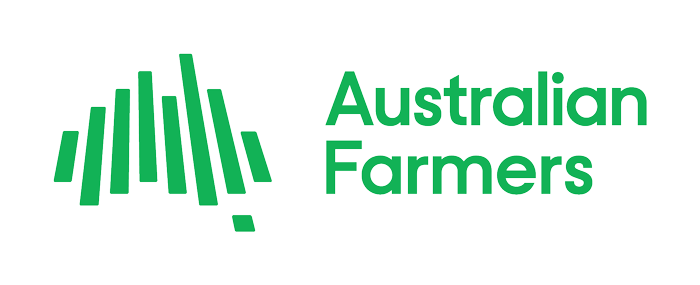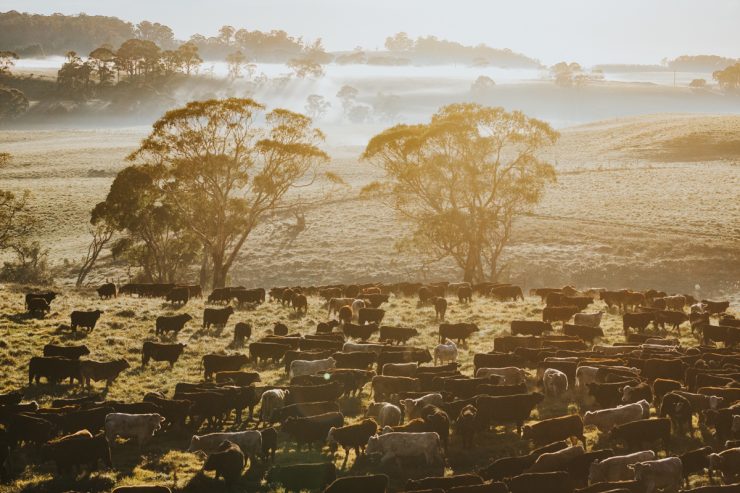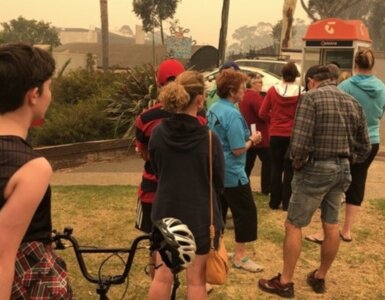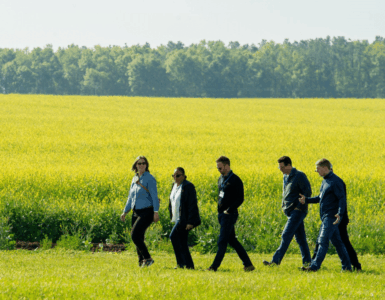Australians love their red meat. And the good news is livestock producers are not only produce a world class product they play a lead role in Australia’s climate change solution.
Over the years the industry has made enormous steps, with red meat producers at the very front of climate action providing peace of mind to all of us who love our sirloin steak and lamb roast!
How are livestock part of the solution?
Ruminant livestock, emit methane, a strong greenhouse gas. But this methane is part of a natural, or biogenic, carbon cycle where the methane breaks down into CO2 and water after about 12 years. The grass then absorbs the CO2 through photosynthesis, cows eat the grass and the cycle continues.
The CO2 from burning fossil fuel on the other hand, stays in the atmosphere for potentially 1,000 years
The animation below, put together by Meat and Livestock Australia, shows how the environmental impact of methane emissions from cows is fundamentally different to the carbon dioxide from fossil fuels.
In Australia methane emissions from agriculture are falling. In fact the Australian beef industry has more than halved GHG emissions since 2005. With investment into innovative emissions reduction practices and technologies the red meat and livestock industry will be carbon neutral by 2030 and play a key part of the climate solution.
Meet Australia’s sustainable red meat producers
Melinee Leather, Banana QLD
Central Queensland beef producer Melinee Leather is an industry leader and sustainability advocate. Producing organic and humane certified beef, Melinee and her husband Robert are passionate about animal wellbeing and natural grass fed beef. Melinee is working to ensure the land, cattle and industry remain productive for her children, grandchildren and future generations.
The Hallidays, Walcha NSW
On Ben Nevis Angus, Stu and Erica run a beef property in the high cold country of Walcha NSW where they are working to increase soil carbon through a combination of new pastures varieties and rotational grazing. The Halliday’s are on-track to be carbon neutral before 2030. Through their regenerative on-farm practices the Halliday’s are working to go beyond carbon neutrality to be a net carbon sink, using plants and livestock to sequester carbon from the atmosphere and put it back into the soil.
The Crooks, South Gippsland VIC
Paul and Samantha Crock produce grass-fed Angus cattle in Southern Victoria. After taking ownership of the land in late 2000, they quickly set about developing a grazing management system and fencing off steep areas, water courses and wind breaks to protect vegetation and improve water quality.
With help from friends and family they have planted over 50,000 indigenous plants to help increase biodiversity and provide shade and shelter for their livestock.
More resources can be found at Australian Good Meat, CLEAR Center and







































Add comment